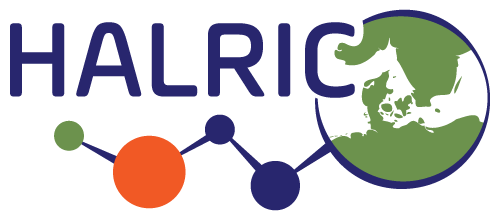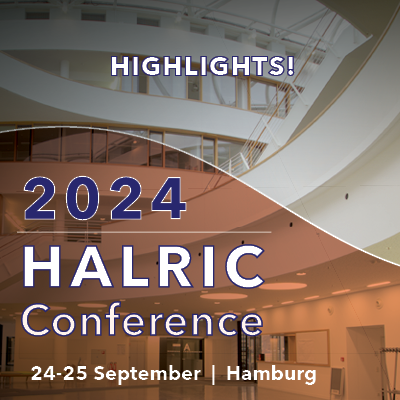
About HALRIC
About HALRIC
Hanseatic Life Science Research Infrastructure Consortium (HALRIC)
Looking to fast-track your research or product development? Then you might want to connect with HALRIC in the Öresund-Kattegat-Skagerrak (ÖKS)-Hamburg Region!
We aim to be a springboard for innovation capacity in the Life Science sector via increased access to and use of cross-border front-end technologies, instruments, expertise, and data handling solutions. This includes large-scale infrastructures, such as MAX IV, ESS, DESY and European XFEL, as well as cutting-edge complementary infrastructures at the Universities and Hospitals in the ÖKS-Hamburg Region.
Through pilot projects HALRIC is facilitating collaboration between academia, hospitals, SMEs as well as larger biotech and pharma companies and we call for more research project proposals for the use of one or more Research Infrastructures in the HALRIC consortium. HALRIC’s Hanseatic Science Cloud is also working on prototype models for handling the huge amounts of electronic data generated by the Research Infrastructures in collaborative projects.
The 21 partners in our EU-Interreg ÖKS supported project want to open the door to new techniques and methologies that help solve research questions, and we also work to strengthen the Life Science ecosystems and strategic dialogues between the four countries in the project (Denmark, Germany, Norway, Sweden).
PILOT PROJECTS
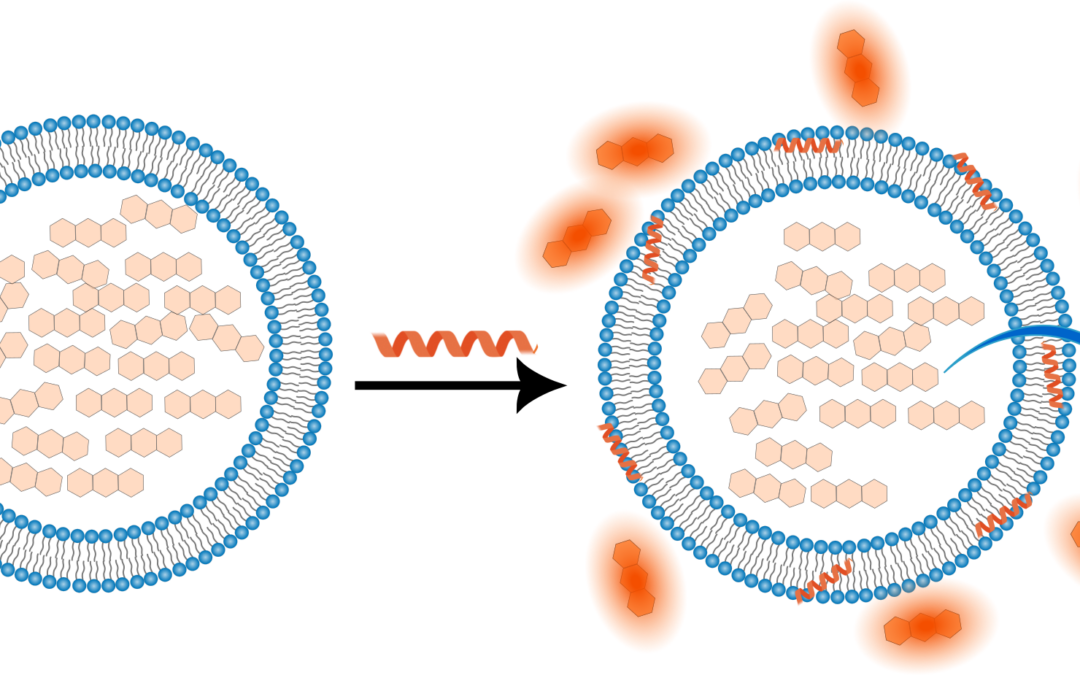
Combining SAXS and Fluorescence Spectroscopy to uncover membrane dynamics towards antimicrobial peptide-based antibiotics
The rapid growth of antibacterial resistance and the glooming predictions that it will become the leading cause of mortality has created an urgent need for novel antibiotics. To...
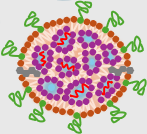
Understanding how different particle populations in lipid nanoparticles work for better mRNA delivery
During the COVID-19 pandemic, mRNA vaccines, which use lipid nanoparticles (LNPs) to deliver their instructions to cells, saved millions of lives. These LNPs are made up of...

Structural studies of zonulin and its potential role in celiac disease and as biomarker in IBD
Haptoglobin (HP) is a protein mostly made in the liver that binds to free hemoglobin (the part of red blood cells that carries oxygen). When HP binds to hemoglobin, it helps...
NEWS
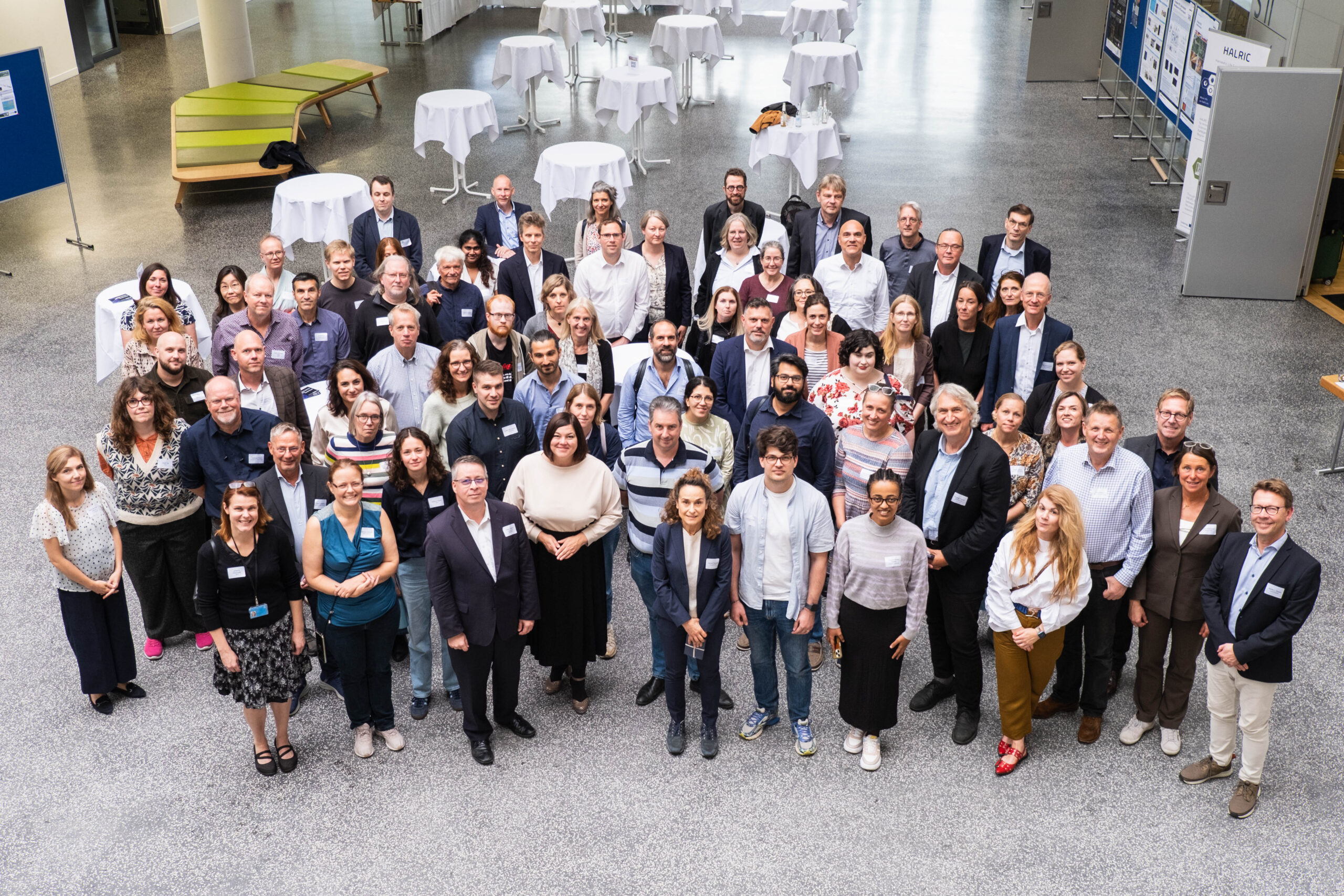
HALRIC gathers 100 people in Hamburg to foster more cross-border innovation in Life Science research
HALRIC’s two-day conference was opened by the 2nd Mayor of Hamburg and President of UHH and it kicked off with a high-level panel session, officially launching HALRIC’s Strategic Forum activities with different perspectives from politics, industry, academia, hospitals, Research Infrastructures and funding organisations.

HALRIC Conference in Hamburg: A Premier Gathering for Life Sciences Collaboration
Researchers from all Life Science disciplines are invited to interact with the HALRIC community and explore opportunities for collaboration across Northern Germany and Scandinavia, when Science City Bahrenfeld hosts the 2nd HALRIC conference on 24-25 September 2024. It is a unique opportunity to connect with experts and innovators in the Life Science Research Infrastructure community.

Ingegerd Wirehed Appointed new Head of the Hanseatic Science Cloud
In August 2024 Ingegerd Wirehed is taking over from Anders Sjöström as the new head of the Hanseatic Science Cloud (HSC). With over 25 years of experience in digital, security, and senior leadership roles across global telecommunications, retail, banking and pharmaceutical sectors, Wirehed brings a wealth of expertise to the role.
